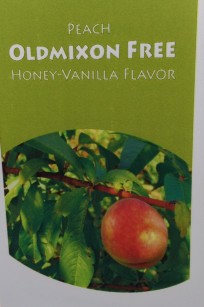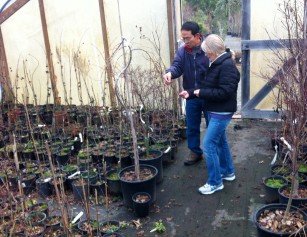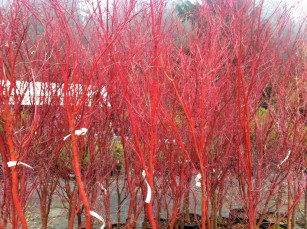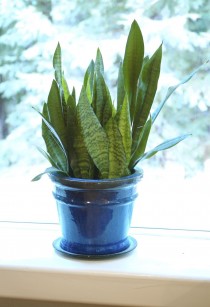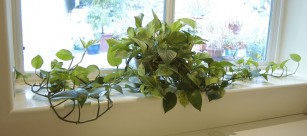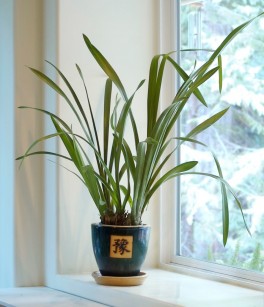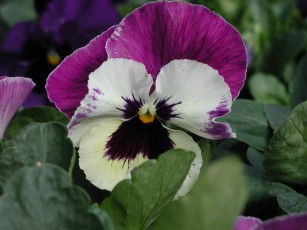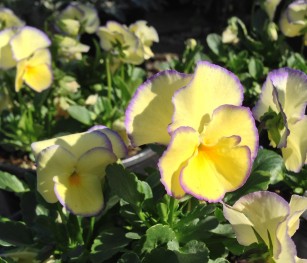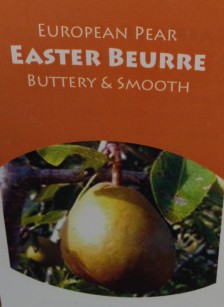 Growing fruit in your garden or home orchard may be even more important in the future than ever before. The lack of rainfall last year and this winter will probably raise the price of fruit at the market. If the water farmers rely on is rationed during this years growing season, fruit production will also suffer. You can start growing your own fruit by planting a bare root tree now and this is how to do it. It only takes a few years for a young tree to start producing. By using lots of mulch and perhaps installing a laundry to landscape gray water system, trees require a fraction of the water as other landscaping.? Just imagine eating fruit off your own trees.
Growing fruit in your garden or home orchard may be even more important in the future than ever before. The lack of rainfall last year and this winter will probably raise the price of fruit at the market. If the water farmers rely on is rationed during this years growing season, fruit production will also suffer. You can start growing your own fruit by planting a bare root tree now and this is how to do it. It only takes a few years for a young tree to start producing. By using lots of mulch and perhaps installing a laundry to landscape gray water system, trees require a fraction of the water as other landscaping.? Just imagine eating fruit off your own trees.
One of the primary advantages of bare root plants is that they tend to have an extensive, well developed root system as a result of being allowed to develop normally in the ground. They are dug while dormant. When the trees are handled well the root system is left intact and the tree has a better chance of rooting well and surviving when planted.?? Bare roots don’t have to adapt to any differences between container soil and the garden soil.? Bare root trees are also less expensive to ship because they have no soil on the roots making them much lighter and easier to handle.
Shop for your plants in January or February while they are still dormant.? Once leaves emerge 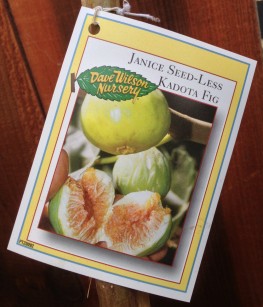 or flower buds start to swell tree roots have already started growing. You want your tree to start developing their new, permanent roots in their permanent home. Stone fruits such as apricots, peaches, plums and cherries are going to start waking up first so they are best put in the ground soon. Fruit trees like pears and apples wake up later so you can wait a bit longer to plant those varieties.
or flower buds start to swell tree roots have already started growing. You want your tree to start developing their new, permanent roots in their permanent home. Stone fruits such as apricots, peaches, plums and cherries are going to start waking up first so they are best put in the ground soon. Fruit trees like pears and apples wake up later so you can wait a bit longer to plant those varieties.
With this in mind be wary of spring sale bare root stock.? Also trees in packages may have had their roots pruned to fit inside or the packaging material may have dried out or become soggy.? Better to see the roots for yourself before you bring your new addition home.
What is the proper way to plant a bare root tree? Select a spot with at least 6 hours or more of summer sun. To test for drainage if you have heavy soil, dig a hole about a foot deep. Keep the organic top soil from the top of the hole separate from the soil you dig out from the bottom of the hole. Fill the hole with water. If the water drains within 3-4 hours, fill the hole again. If it takes longer than 3-4 hours to drain on either filling you will either have to find another spot,? build a raised bed or berm or plant in containers.
If you are happy with your location, dig the planting hole 24″ wide x 24″ deep again keeping the organic matter separate from the sub soil. Ultimately, trees must grow in the surrounding soil. Don’t amend your soil unless it is very sandy. If you amend the slow draining native soil around the tree the hole will just fill with water killing the tree. Adding organic amendment to extremely sandy soils, however, can help retain moisture in the root zone.
Place your tree in the hole and start filling in around the roots with the sub soil first, then the organic top soil. Wiggle your tree as you fill in around it to settle the soil. Tamp down the soil lightly with your foot when the hole is half filled and then top off the hole with the organic top soil.? Stake the tree low and loose for the first couple of years. You want to keep the root zone stable in the wind while it is becoming established but allow the top of the trunk and branches to move with the wind. They will grow much thicker faster. Water in well and again the next day. You should not need to water again until the tree there is new growth of several inches.
Prune the central leader and branches of your new tree 1/3 to 1/2 to a plump bud facing the direction you would like the new growth to grow. Mulching is especially important to bring back the beneficial organisms in the soil. Bioactivity reduces fertilizer requirements. Mulching keeps the ground cooler in the summer and retains moisture. After your tree is established you can fertilize with an organic fertilizer. Keeping the nitrogen low but the phosphorus and potassium higher will help control the size of the tree making it easier to harvest that delicious fruit.
This year I have my eye on an heirloom French butter pear called Easter Beurre that ripens in December with tender, sweet, melting flesh. Also I want to try the Janice Seedless Kadota fig with it’s incredibly sweet flavor. It’s said to have better flavor than Black Mission. I think they should have named this fairly new fig after me spelling it Janis but it’s too late now.
Don’t miss the opportunity to add a fruit tree to your garden this winter.


